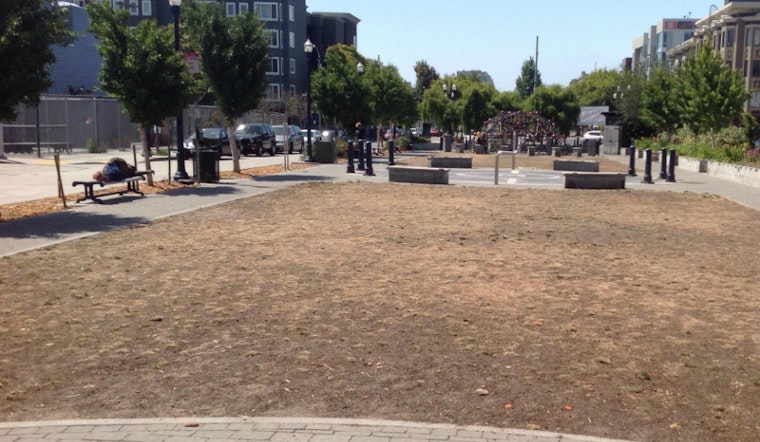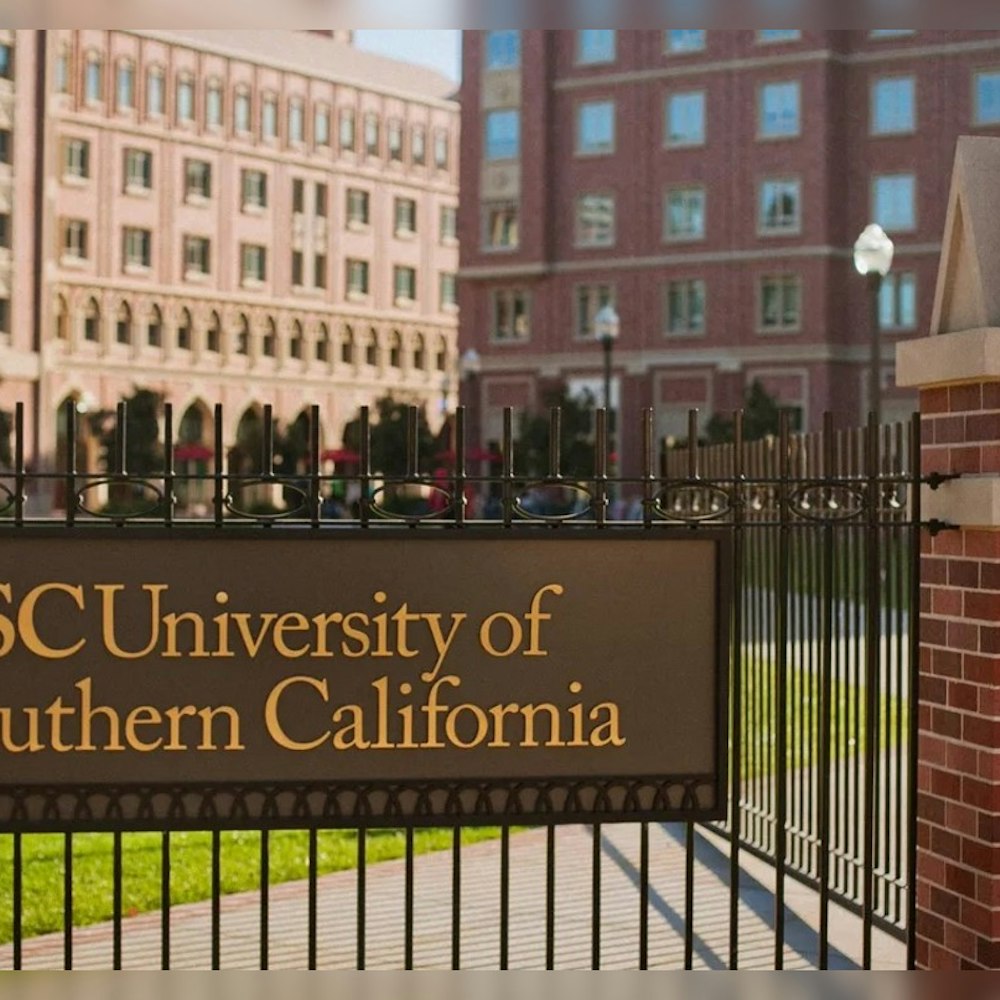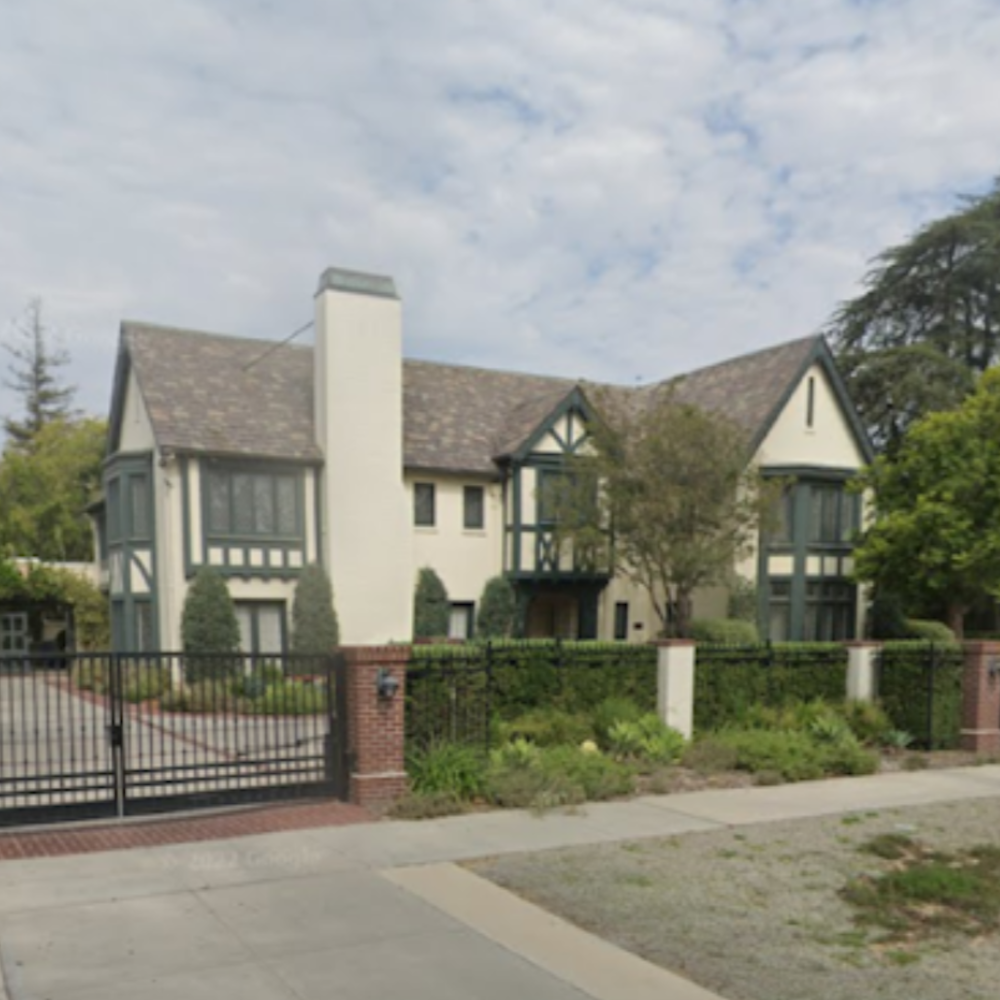
You may have noticed that the formerly healthy lawn at Patricia’s Green has turned to dead grass and dust. In light of the state’s water conservation plan, it makes a general sort of sense. But much bigger, less central lawns in parks around San Francisco have been kept green by a variety of sources including local groundwater and recycled water.
Here's what we found is going on.
Since Patricia’s Green's opening, it has represented the focal point of the neighborhood, and on any weekend the block-long park is full of people and dogs. However, both the popularity of the park and the realities of the current water crisis have resulted in a predicament for the lawn's maintenance.
“While the city is committed to watering plants and maintaining the general health of green life, visitors might notice that the plant life might not be as lush and green as it was formerly," said Connie Chan of of the Recreation and Park Department, in response to our queries.
That's a bit of an understatement: The two patches of lawn were reseeded a few years ago but have been abandoned for at least the last several weeks.
According to a member of the park’s gardening crew, the soil composition of Patricia's Green is not suited to a lawn with this level of usage, and the sheer volume of animal waste has made the lawn unsustainable in its current configuration. With the state's water conservation imperatives, the grass has been allowed to die off while the rest of the park’s trees, flowers, and plants continue to be watered and maintained.
The park's lawn was not listed by name in the Rec and Park's 2014 memo about which park areas would be allowed to brown out, it fits the description of what would be sacrificed if conditions became extreme (which they are becoming). Parks named for possible lawn abandonment on the list included Dolores Park, Civic Center Plaza and Marina Green.
There are some recycled water plans in place for irrigating Golden Gate Park and other destinations even as the drought worsens. The city took another step towards conservation-minded landscaping today, as the board of supervisors has just passed legislation that requires the city to use recycled water for all public spaces, including parks, in the next five years. If the drought doesn't improve, maybe Rec and Park will decide that Patricia's Green should get some portion of that source?
For now, wondering what you can do to help with water conservation on the Green?
“When people leave their trash, including pet waste in the park, the Department has to use water to clean the park to ensure public health," Chan also told us. "It will help the Department to conserve water if our park visitors can help pack up their trash, recycle, and compost or put in trash cans.”
The water shortage and litter don't only affect lawns and plant life. The landscaping on the north end of the Green is home to thriving nests of mice and rats. Park staff say that evidence of ice cream containers and other food stuffs are often found in rat’s nests at the base of the Green’s trees.
As water becomes scarce rodents become bolder in their efforts to obtain water. "There's no water source for them right now, so they're going outside to get it," Tina O'Keefe of Dirty Rats Rodent Removal told NBC about the issue in India Basin's Heron's Head Park.
The San Francisco Recreation and Park Department has held a two-day training on the use of co-friendly pest control methods—including predatory birds—to help control the pest population. So next time you’re in the park enjoying two scoops of Smitten’s ice cream and you see a field hawk swooping suspiciously low, you’ll know what’s up.
Meanwhile, Patricia's Green will remain brown for the foreseeable future.









